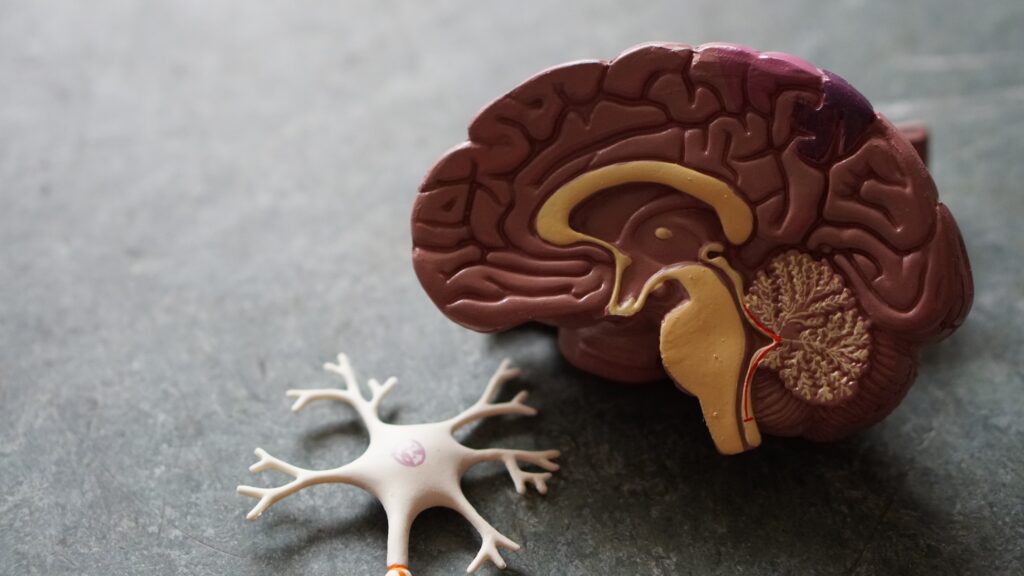
Whether you’ve gone to therapy before or not, you’ve likely heard of the concept of a ‘breakthrough.”’ This is the pivotal moment where you might break through a cognitive barrier to further understand your own behaviors or thought patterns, and this is generally an invigorating point in the healing process. Brainspotting is an effective therapeutic approach that can be a quicker path to that pivotal breakthrough.
What is Brainspotting, Exactly?
Brainspotting is a technique developed for the treatment of PTSD. A person’s body is innately programmed to heal and will try to send signals to the brain to help it do so. One of these signals is your eye position. Brainspotting focuses on the brain activity that organizes itself around a certain eye position, aiming to bypass the conscious thinking to access the deeper emotional and body-based parts of the brain where the deeper trauma lies.
Where you are looking serves as a tip-off to the therapist as to the source of the problem instead of exclusively having to talk your way into figuring out the issue. Using focus and precision through brainspotting, your therapist can better help your brain process from the inside out and bottom-up, without your cognition standing in the way.
Understanding the Process
Brainspotting can also be supplemented by a number of other valuable healing elements. For example, bilateral music travels gently from one ear to the other via headphones during some brainspotting sessions. Not only does it soothe and calm, but it also orients the brain to new stimuli, allowing you to more readily access subconscious thought. In short, it serves as a distraction to the thoughts running around in your mind so that your neovisual response can be stimulated for your therapist to assess.
Brainspotting is also most effective when you have an attuned relationship with your therapist. A good therapist will hold a safe, calm space for your nervous system to mimic and become regulated. That attunement allows for you to experience a release in a comfortable, non-threatening environment.
Finally, once the brain spot is identified, your therapist might ask you to become aware of the felt sense of an emotion in your body. The release that comes with brainspotting could manifest itself through a headache or tension in the body, or might even result in crying. Everyone is different, but this quick release allows you to pay more attention to where the release was most felt, rather than assessing it cognitively.
Although brainspotting is most often used in PTSD therapy, it has also been extremely effective with treating anxiety, unexplained physical pain, or performance enhancement. It is most often used when a person feels “stuck” in their healing process.
If you’re interested in learning more about brainspotting and how it might be a valuable part of your unique healing journey, please contact us today. We would be honored to help you work towards your own breakthrough to better understand your inner workings.
New Perspective Counseling is a group practice dedicated to emotional wellness and healing. Our caring therapists provide psychotherapy, individual counseling, marriage counseling and family counseling in our Highland, Michigan office. We are located conveniently near Milford, White Lake, Commerce Township, Holly, Hartland and Brighton, Michigan.
